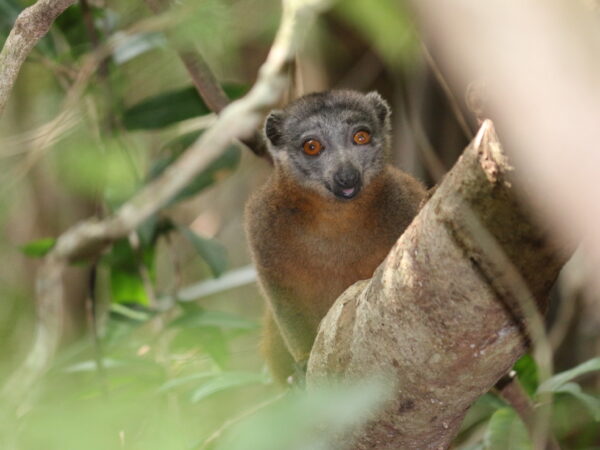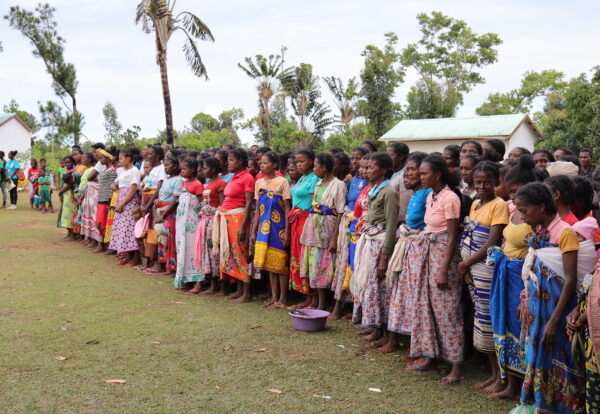
The Gray-Headed Brown Lemur, a Key to Conservation Success in Efatsy Manombo Classifed Forest
Project description
The lemur conservation project in the Efatsy Manombo Classifed Forest aims to enhance the resilience of the Critically Endangered gray headed brown lemur by integrating conservation strategies that mitigate threats and ensure sustainable habitats. Collaborating with stakeholders such as local associations and local authorities, the project focuses on reducing threats by up to 80%, reforesting 120 hectares including corridor creation, and promoting sustainable resources through fruit tree and energy wood planting.
Community empowerment is central, with initiatives like handicraft training for 100 women, conservation education for 600 children and 450 apprentices, literacy programs for 100 learners, and income expansion for 70 beekeepers and rice farmers to improve food security. These approaches ensure the preservation of target gray headed brown lemur populations while raising socio-economic development in the Efatsy area.
This project is implemented by the Groupe d’Etudes et Recherche sur les Primates de Madagascar (GERP).
Threats

Habitat loss & degradation

Over-exploitation of natural resources & prey depletion

Poaching
Project objectives
This project aims to enhance the population resilience and habitat sustainability of the gray headed brown lemur in the Efatsy Manombo Classifed Forest through integrated conservation strategies, thereby mitigating the threats they face and ensuring a successful population for future generations.
Project activities
- Assess gray-headed brown lemur density through census and conduct patrols in their habitat.
- Train 18 nursery managers to manage 300,000 native seedlings, 15,000 fruit trees, and energy wood species in six nursery.
- Engage 2,000+ local community members in tree planting, and create a 5 km firebreak to protect reforested zone.
- Provide product quality and business training to 100 women, enhancing their market access.
- Deploy two peer educators in each of six villages. Set up rice and vegetable garden showcases in six primary schools to promote agriculture and education.
- Increase adult literacy and deliver educational programs on environmental management.
- Train and monitor 40 beekeepers to improve local honey production.
- Empower 30 rice farmers with skills for sustainable farming techniques and food security.
- Conduct annual follow-ups with 100 communities to monitor the growth of 15,000 fruit and energy wood trees.
- Celebrate environmental events such as World Lemur Day, World Environment Day, and International Day of Forests.






